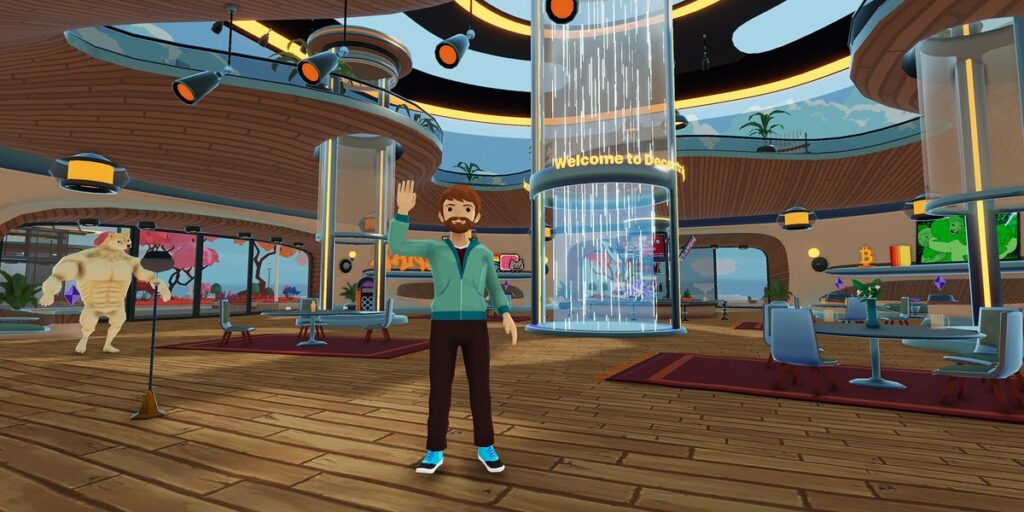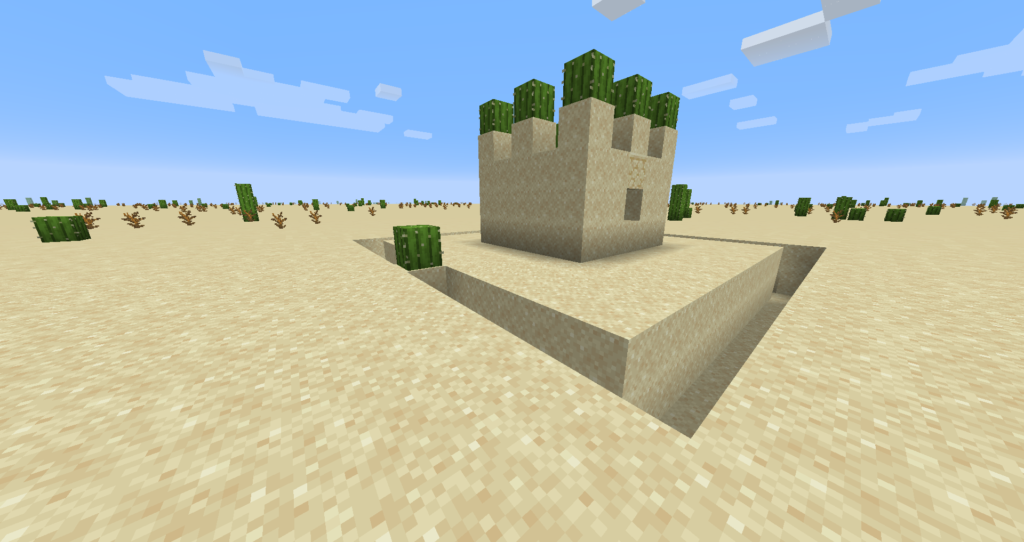2021 is the year of The Metaverse. What was once a lonely passion for game developers and crypto fans, has now become a global hype. It seems that every tenth tweet; blog post and company venture is now tagged with “metaverse”.
Mark Zuckerberg says that Facebook has to be a Metaverse within 5 years. Fortnite is selling billions of dollars of metaverse game skins and has huge plans to expand here. Roblox is progressing to more and more metaverse-like integrations. In Decentraland I can buy blockchain based virtual land to build shopping malls on.
However, despite the hype around The Metaverse, a key element is missing. This element endangers the potential success and durability of the concept and threatens to make it irrelevant, just like Second Life failed to achieve the expectations everyone had back in the day. It is not that there is no content to look at; not that there is not enough virtual (blockchain) space; or not even enough developers working on cool technology.
What the Metaverse really needs is engaging experience flow design that gets people to come back to the Metaverses again and again. Many people talk about the Metaverse. But who actually spends a lot of time in these experiences (except when they are purely games)? Currently the metaverse is all talk and no user engagement.
How can we save the Metaverse from becoming obsolete before it even starts? And how can we use Octalysis Human-Focused Design to save it? In other words how can we create immersive and gamified user experiences that engage people for the long term? And why is Gamification intrinsically linked to the success of the Metaverse? Stay with us in your journey to learn from Octalysis on how to design for success.
What do you need for a successful Metaverse?
To understand what is needed to build for success, let’s have another look at our definition of the Metaverse:
The metaverse is a collection of physical and digital experiences that seamlessly overlap and integrate.
In the definition lies the solution to what you need to create a Metaverse: Development Power; Content; and Engaging Gamification Design.
Development power: at the nexus of physical and digital
If you want to build a digital experience, you need development power. You need gifted developers that know how to build complex and overlapping digital experiences. What is more, you need the technology to empower these developers. When The Octalysis Group first started to design Gamified digital experiences (almost a decade ago), this technology was still quite basic. It was quite disconnected from the physical world.
The disconnect has been somewhat limiting to our work; we design particularly for digital experiences that impact real work actions for users. The nexus between digital and physical is key for good Gamification design. Making the physical world a better place; helping patients stick to medication plans and blue collar workers sticking to safety at work. We like to see digital design translate in real life behavior and impact.
This has all changed with the simultaneous and rapid rise of several technologies like AR/VR, Blockchain and game engines like UNITY. All of a sudden digital representations of the physical world (or digital twins) have become very much possible.
AR/VR are going from strength to strength and are getting more and more accessible to main audiences. The Oculus Quest 2 is just the first win-state on the full democratization of the VR market place. Soon we will have access to affordable VR sets. And the whole world will be able to join metaverse like experiences.
And today, blockchain technology is so widely used that creating metaverse currencies and tokens is now available to almost any team wanting to develop this. Now the Metaverse is ready for a totally new economy experience as well.
The UNITY engine is particularly impactful. It is instrumental for Pokémon GO and how Google Maps create a nexus between the digital and the real world. It is even used for the movie “Ready Player One” (often cited as the best example to explain the metaverse world).
Hurrah, for the Metaverse then? Not so fast.
Content: avoiding Digital Deserts
What is a shopping mall without products? A Cinema without movies? A museum without art? A Metaverse without content?
Early metaverses were content-deprived to the same degree that VR experiences were content-deprived. You could marvel at the world around you and interact with other users. But it got stale quite soon afterwards. What was the reason to stay in the metaverses? Just adding short bits of demos or better graphics did little to keep people entertained.
All of that is changing: metaverses are now becoming multi-functional platforms where many of your daily wants and desires can be fulfilled. Soon you can buy a virtual Louis Vuitton NFT bag so that your avatar can show it off in the Metaverse, while at the same time getting the physical bag in real life. Become a serial entrepreneur in Decentraland with your virtual shop – no problem. You’d rather be a serial consumer there, while getting legal advice; learn something new or meet your soulmate? It is all in the making and coming to a metaverse near you soon!
We are one step closer to building a great metaverse it seems. So what is missing?
Engaging Design: who wants a boring Metaverse?
We now have the technology to enable Metaverses and we have the content to pull people in. But what keeps them in the Metaverse? What gets people to come back to Metaverses on a daily basis? So far only game-based metaverses do this (Fortnite and Roblox are examples).
But what if you don’t like to play Roblox or Fortnite? And what if you don’t want to go shopping every day?
Engaging design, or Human-Focused Design is the key element that is missing in the Metaverse. And it is a huge problem. Sure, everybody is talking about the Metaverse, but only few people actually spend time in Metaverses. This is a situation eerily similar to what happened to Second Life. Back in the day, we all talked about it, corporations invested heavily into it, but very few people were spending time in it often.
What is there to do in the Metaverse? How do you craft a journey for users that is engaging on a daily basis? What is the Metaverse journey? How do you use best practices of Gamification to give meaning to this journey? Just like successful games do?
In our view a successful Metaverse is right on the nexus between Gamification, Blockchain, Cryptocurrency and VR, Crafting such an integrated ecosystem requires technical know how, but as importantly a deep understanding of human behavior.
The Octalysis Guide to crafting a Metaverse
The Octalysis Group has amassed a track record of success in applying engaging game design to non-game environments – physical and digital. In fact, our Gamification and Engagement Design framework – The Octalysis Framework is taught in places like Stanford, Yale, Oxford, and our projects have won numerous best gamification awards. More and more we have been working on the actual nexus of physical and digital. Just recently, we designed a world class physical-digital loyalty program experience for a hotel chain in Dubai. For the same hotel we partnered with HTC to bring VR to the hospitality industry.
Whenever we design for motivation, whether in Metaverse or elsewhere, our 5 Step Octalysis Design Process is where all the magic starts. It is only by following this Process carefully that we can ensure high quality implementation of high ROI ideas.
Curious to know how we do it? How do we apply Octalysis best practices to the Metaverse and learn how to design for ultimate success?
Then follow us in our blog post series: Designing the Metaverse. Every week a new post to learn and put into practice!
Or maybe you are curious to hear how The Octalysis Group is designing for clients in the metaverse? Better yet, can we help create a truly immersive Metaverse for you?
Contact us for a free consultation.





